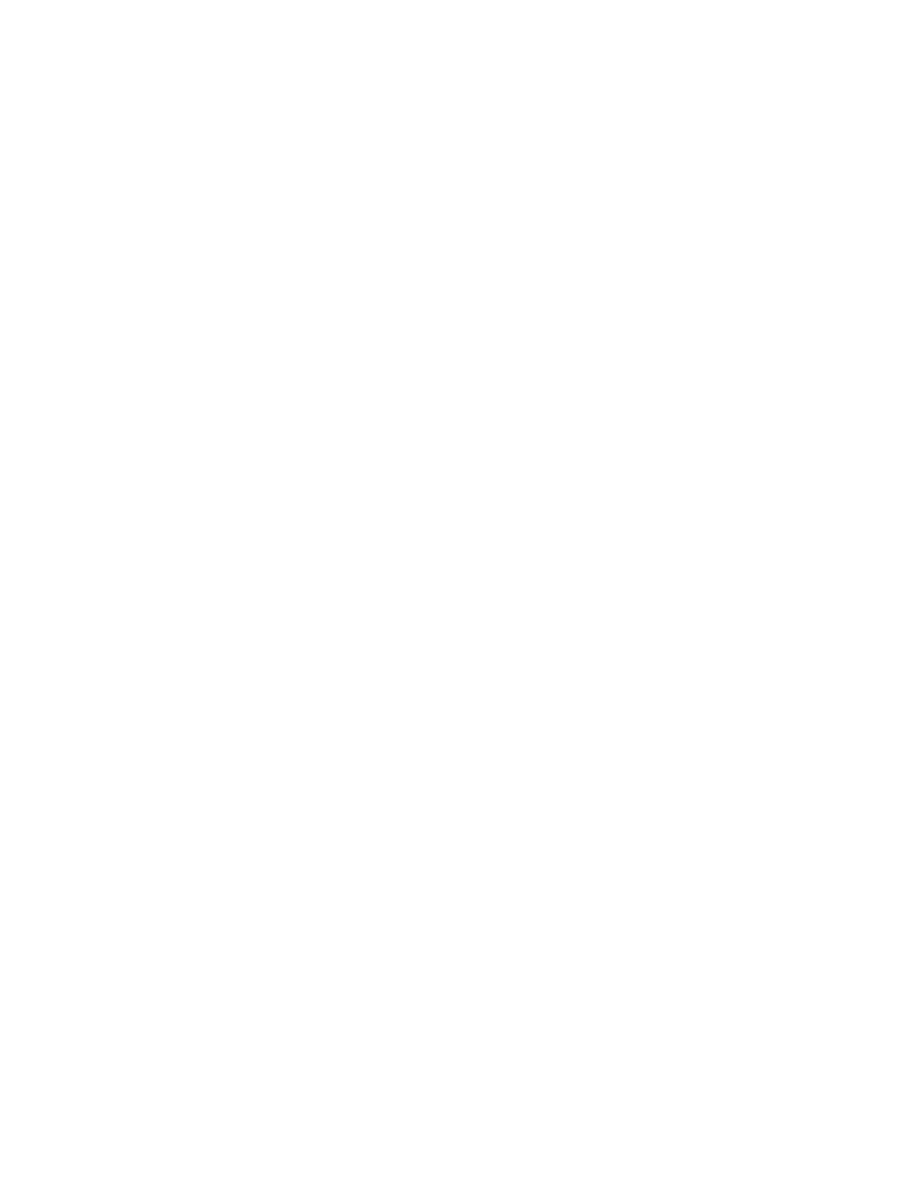VUE AWD L4-22L VIN D (2005) Body Control Module Repairs

Body Control Module: Procedures
BODY CONTROL MODULE (BCM) PROGRAMMING/RPO CONFIGURATION
OVERVIEW
The body control module (BCM) must be programmed with the proper RPO configurations. The BCM stores the information regarding the vehicle
options and if the BCM is not properly configured with the correct RPO codes, the BCM will not control all of the features properly. Ensure that the
following conditions exist in order to prepare for BCM programming:
-
The battery is fully charged.
-
The ignition switch is in the ON position.
-
The data link connector (DLC) is accessible.
-
All disconnected modules and devices are reconnected before programming.
The following procedures need to be performed to properly configure a BCM:
1. BCM Programming
2. Passlock Learn
3. Program Key Fobs
BCM PROGRAMMING
To program a new body control module (BCM), use the Tech 2 in conjunction with the Saturn Service Stall System. On the Main Menu of the Tech 2,
perform Service Programming System function, then follow the instructions on the screen. Refer to Service Programming System (SPS) in
Programming and Setup for more information. If the BCM fails to accept the program, perform the following steps:
-
Inspect all BCM connections.
-
Verify that the scan tool has the latest software version.
PASSLOCK LEARN
Refer to Programming Theft Deterrent System Components in Theft Deterrent for the proper procedure.
PROGRAM KEY FOBS
Refer to Transmitter Programming in Keyless Entry for the proper procedure.
IMPORTANT: After programming, perform the following to avoid future misdiagnosis:
1. Turn the ignition OFF for 10 seconds.
2. Connect the scan tool to the data link connector.
3. Turn the ignition ON with the engine OFF.
4. Use the scan tool in order to retrieve history DTCs from all modules.
5. Clear all history DTCs.
